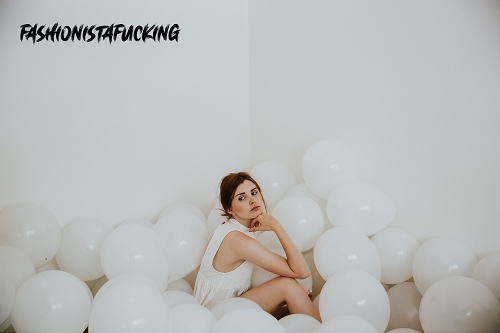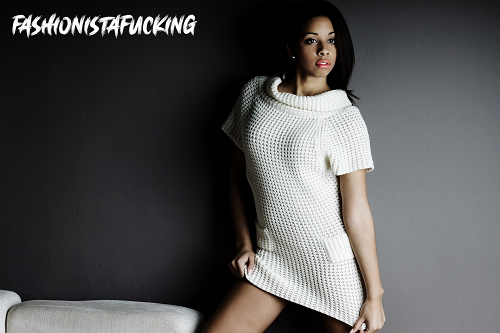Avant-Garde Fashion: The Trendsetters of Style
Fashion:
Fashion Avant-garde fashion is an interesting and dynamic field of the fashion world that is characterized by boldness, innovation, and an often unconventional approach to design. The term “avant-garde” first emerged from the avant-garde artists of the early 20th century who wanted to break away from the established order. They set standards of their time and created things that were ahead of their generation. Avant-garde designers and their styles vary from the traditional norms of mainstream fashion; in the imagination and experimentation of designs, one tries out new things.

In this report, we will discuss the origin of the term “avant-garde” and its characteristics, the most famous designers, and the influence this type of style exerts on the industry. We will also answer some frequently asked questions about this bold and artistic trend.
Avant-garde is all about self-expression and experimentation. Designers working within the realm of avant-garde usually focus on what is termed “avant-garde” as they create something new to view clothing and style in a different light. Avant-garde can be avant-garde in its appearance as well as in the way it addresses cultural, social, and political issues through statements.
Key Features of Avant-Garde:
Fashion:
Avante-garde may make use of other than these silhouettes and structures. For example, sometimes extremely or even abstractly shaped garments will not mimic the conventional silhouette or structure and might even just include oversized parts. Asymmetry,y, or pieces defying the natural structure of our bodies.
- Experimental Materials and Textures: Avant-garde styles always use unconventional fabrics and materials that one would never wear in street clothes. Plastics, metal, paper, and even organic components are some of the materials designers use. In many cases, textures take on a very prominent role as the unusual combinations make clothes feel like pieces of art and usually even touch and feel.
- Bright usage of colors and patterns: Here, bold as well as avant-garde styles while minimum colors and monochromatic design occur. And with those kinds of cocolorssuch an abstract pattern of garthe ment becomes the clashing cocolornsemble of patterns. UniThe unique int is very much creating statements sometimes it even expresses movement.
- Innovative construction techniques: Innovative designers are not afraid of experimentation in constructing clothes. They should make experiments using the construction methods such as deconstruction, asymmetry, or layering. Often, such garments become inexpressibly difficult to wear or even to understand. Yet new ideas appear about how to construct and wear clothes.
- Sometimes: unconventional shows can be well and beyond what simply runs up to the catwalk. Like is usually performance art as well as much more complex dramatic staging. Including many things which have very theatrical in their natures. The art lies just as much in the garment as in the show itself for an artistic impression of the clothes.

Famous Avant-Garde Designers:
Fashion:
Yohji Yamamoto- Minimalistic yet avant-garde, with oversized draped garments and black, according to Yohji Yamamoto as the color of choice, his collections defy conventional beauty and silhouette, embracing imperfection as well as asymmetry.
Rei Kawakubo (Comexander McQueen’s work is many times considered to be a haute couture. The raw emotional intensity of his avant-garde design, mixed with dark themes, yet perfect tailoring put a high boundary. His several runway shows had elements of performance; thus, the runway was often an art.
Industry Impact:
Fashion:
Although not suitable and perhaps not even practical for everyday use, the avant-garde sector broadly defines the world at large. A large portion of the artists working in this realm initiate trends that then filter into more traditional commercial advertisements. The artists introduce new forms, techniques, and concepts into the ready-to-wear markets. For example, the oversized silhouettes and deconstructed clothing pioneered by Yamamoto and Kawakubo filtered into ready-to-wear collections.
The avant-garde is also a vital avenue for the exploration of identity, culture, and politics because it challenges much of what society believes. Most avant-garde designs can draw attention to issues such as gender fluidity, race, environmental concerns, and many other things through the medium of activism.
FAQs About Avant-Garde :
Fashion:
1. How does avant-garde differ from high?
High fashion tends to focus on luxury, craft, and elegance, which is often associated with strong established designer brands like Chanel or Dior. Avant-garde, however, focuses more on challenging the status quo in design, experimenting with unorthodox materials, and breaking the mold of beauty and style. While some high can be avant-garde, not all high is considered avant-garde.
2. Can I wear avant-garde clothing?
Avant-garde clothing is more suited for the runway or art installation than for everyday wear; however, aspects of this can be integrated into personal styles. Some people embrace avant-garde clothing by mixing unique items with more conventional garments or experimenting with accessories that embody avant-garde elements.
3. Why is avant-garde important?
Avant-garde is important because it rejects traditional norms, stimulates creativity, and inspires artistic creation. It is an opportunity for designers to explore more deeply cultural, social, and political themes, making something greater than just clothing become communication and art.
4. Is avant-garde fashion for artists or designers only?
No, at all. Avant-garde is for whoever has the will to experiment with and explore new ideas about clothes, beauty, and identity. It’s not exclusively the professional designers and artists anybody can tap the creative possibilities of avant-garde style to talk to himself or others.

Conclusion:
Fashion:
The avant-garde changes the landscape and at the same time revolutionizes. It breaks all conventions and creates space for creativity and the development of its artists. The creative dialogue between designers and avant-garde artists has created something that will always be talked about. Whatever the platform, whether on the catwalk or walking the streets, avant-garde fashion continues to influence and inspire to create new masterpieces in the fashion world.
